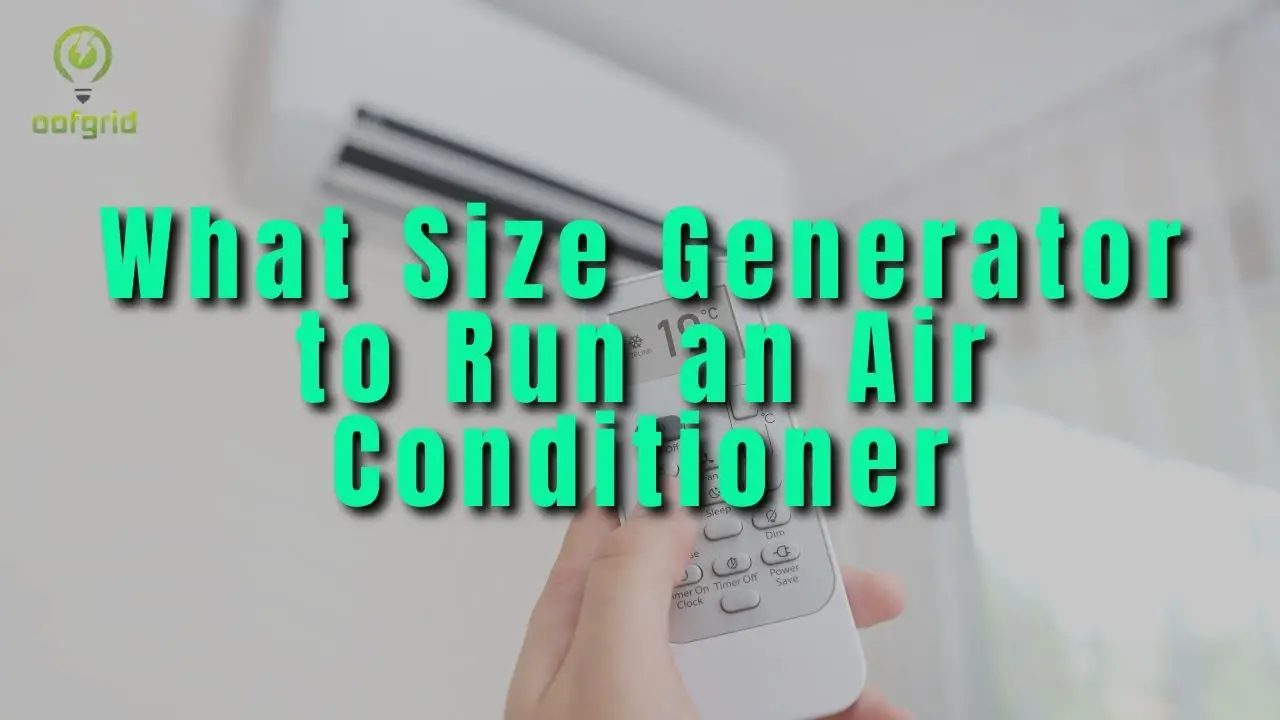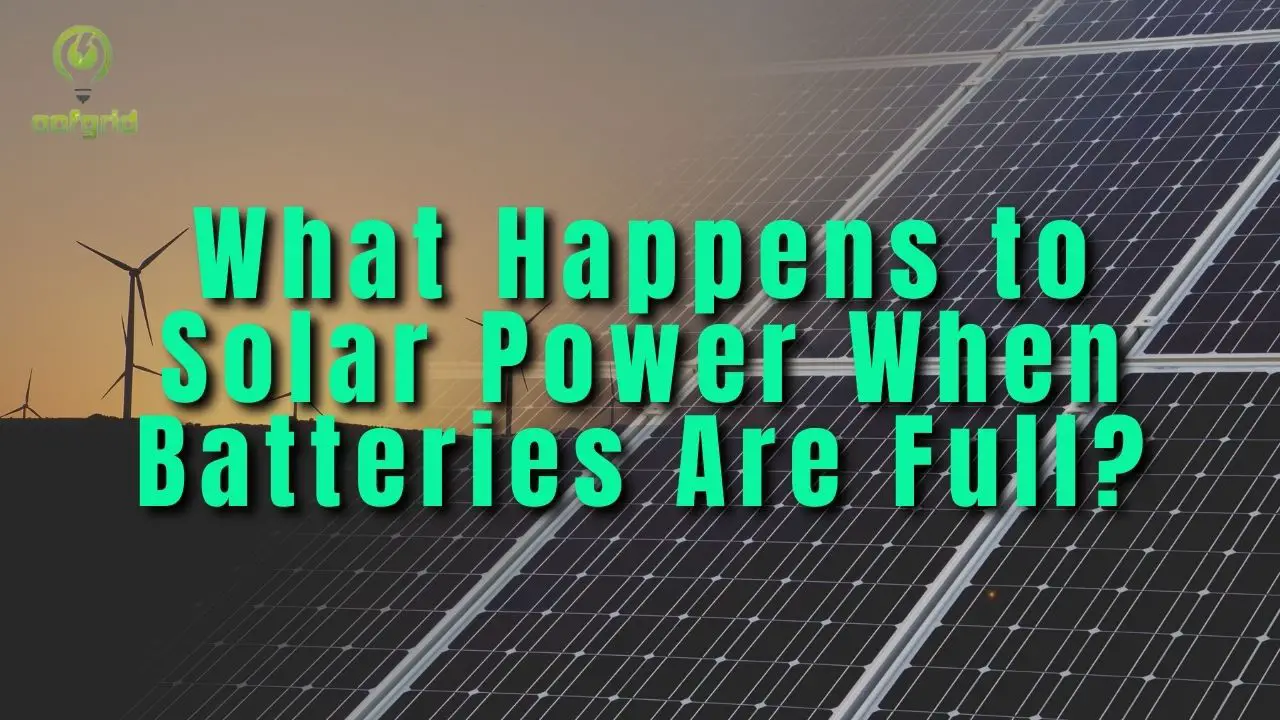Q. WHAT HAPPENS IF THE GENERATOR OPERATES AT A LOW LOAD AT ALL TIMES?
If a generator runs on a low load for any length of time it can affect the generator’s performance. Run the generator on full load from time to time to ensure the generator’s long life
Q. HOW DOES THE FUEL VALVE WORK?
A fuel valve is a small device that stops or reduces the flow of fuel to the engine. When in use and before starting the fuel valve should be open and when you have finished with the generator or putting it into storage turn it to the off position.
Q. WHAT HAPPENS IF TOO MUCH OIL IS ADDED?
Adding too much oil to any engine can result in poor performance and even damage the engine. Too much oil will add resistance to the engine and cause it to work too hard and underperform. It can also smoke and leak out and cause a hazard.
Q. WHAT WILL HAPPEN TO THE ENGINE IF I USE IT WITHOUT CHANGING THE OIL?
The oil in all engines including portable generators is there to protect the components and stop them from overheating. Old oil can change in consistency and become unsuitable to use inside an engine. It can contain small particles and metal shavings from the engine which can damage it. You must follow the instructions from the manufacture and change the oil at the recommended times.
Q. CAN I POWER WASH MY GENERATOR?
No, Although some generators are designed to run outside they so have many sensitive components. As a result, it could be damaged by water and the high pressure of the power washer.
Q. WHAT TO DO IF I GET WATER IN THE FUEL TANK?
Drain the fuel from the portable generator’s fuel tank, and discard it in a safe manner. Allow to dry out for a day or two then refill with fresh fuel.
Q. CAN I SHUT DOWN THE GENERATOR WITH THE LOAD STILL ON?
No, Disconnect and remove all connected appliances before you turn the generator off. This prevents any connected appliance from being damaged which can happen due to slow engine speed.
Q. WHAT HAPPENS IF I OVERLOAD THE GENERATOR?
There is a point with all generators, where they cannot run fast enough to keep up with the power draw.
This can result in a power overload that can not only damage your portable generator but also be dangerous. Read more here!
Q. CAN I RUN MY GENERATOR CONTINUOUSLY NON-STOP??
The answer is yes as long as you stop it long enough to perform key tasks like adding fuel and performing maintenance. Always turn off the generator when you’re adding gasoline to minimize the risk of accidental ignition. Turn the generator off when you’re changing the spark plugs or the air filters. Read more here!
Q. DO I NEED A TRANSFER SWITCH TO CONNECT A PORTABLE GENERATOR TO MY RV?
Connecting a portable generator in your RV without a transfer switch can be dangerous. Such a connection can damage your generator and your connected appliances. Lack of a transfer Switch can prove to be fatal, and under all circumstances, you should never attempt it. Read more here!
Q. CAN I CONNECT A PORTABLE GENERATOR TO MY HOME?
It is essential to note that connecting a portable generator directly to your home is hazardous to the occupants. You need to invest either in manual or automatic transfer switches, which will serve the purpose of breaking the utility connections and allowing for generator power to flow.
Q. WHAT’S THE DIFFERENCE BETWEEN STARTUP WATTS AND RUNNING WATTS?
Generators have two wattage values: startup watts and running watts. Startup watts are the number of watts a portable generator produces for a specific time (a few seconds) while running watts is the amount of power the generator produces continuously. Read more here!
Q. HOW MUCH FUEL DOES A PORTABLE GENERATOR USE?
A generator would use three-quarters of gas an hour, and while this is a good average estimate, we all know that all generators are different. Don’t be surprised if there’s one generator that uses up way more fuel than the other and vice versa. Read more here!
Q. IS IT SAFE TO RUN A PORTABLE GENERATOR INSIDE A SHED?
NO, IT’S NOT SAFE!
Running a generator in a detached shed is dangerous for a variety of reasons. The main reasons however are as follows:
- The generator poses a potential fire hazard
- There is a risk of carbon monoxide poisoning
- Noise
Q. CAN A PORTABLE GENERATOR RUN A PS4 OR COMPUTER?
The short answer is yes if the generator puts out enough power to support the computer and any attached hardware. However, not every generator is suitable for this purpose. Some do not produce a smooth power output which can damage sensitive computer equipment.
Q. CAN A PORTABLE GENERATOR RUN A REFRIGERATOR?
A generator with 3000 watts must have enough starting watts to handle the compressor load as the refrigerator turns on. This means that you can run a generator to keep the refrigerator going if it has at least 3000 watts and 3300 starting watts.
Q. WHAT IS THE BEST METHOD FOR CLEANING MY GENERATOR?
Don’t be tempted to save time and use a pressure washer. This is very risky and could damage sensitive parts. Soap and water and a soft brush is the best method or a damp cloth.
Q. WHAT’S THE DIFFERENCE BETWEEN AN INVERTER GENERATOR AND A STANDARD ONE?
One, portable generators create D/C voltage via the voltage regulator and engine. D/C is delivered to the rotor/stator via the use of brushes and the rotor/stator converts the D/C to A/C. Second, inverter generators change from D/C to A/C using an electronic microprocessor. No brushes OR rotor/stator is used, which helps produce cleaner A/C output.
Q. HOW MUCH SPACE DOES A PORTABLE GENERATOR NEED?
Always allow 5-6 Feet between your generator and anything else. For two reasons, Firstly the risk of fire and secondly they need to have a clean and easy to obtain a supply of air to perform well and run cooler.
Q. HOW DO YOU KNOW WHICH SIZE GENERATOR TO BUY?
Figure out the starting wattage of the appliances and fixtures you want to power.
Then choose one powerful enough to exceed the combined wattage of everything that needs electricity. If you’re still unsure you can use our wattage generator. Click here!
Q. HOW OFTEN SHOULD A GENERATOR BE STARTED?
When you store a generator for a long period of time there are some things you’ll need to do to ensure its safekeeping. Like draining the fuel.
However, we recommend starting it at least every 30 days to keep it in good working order.



